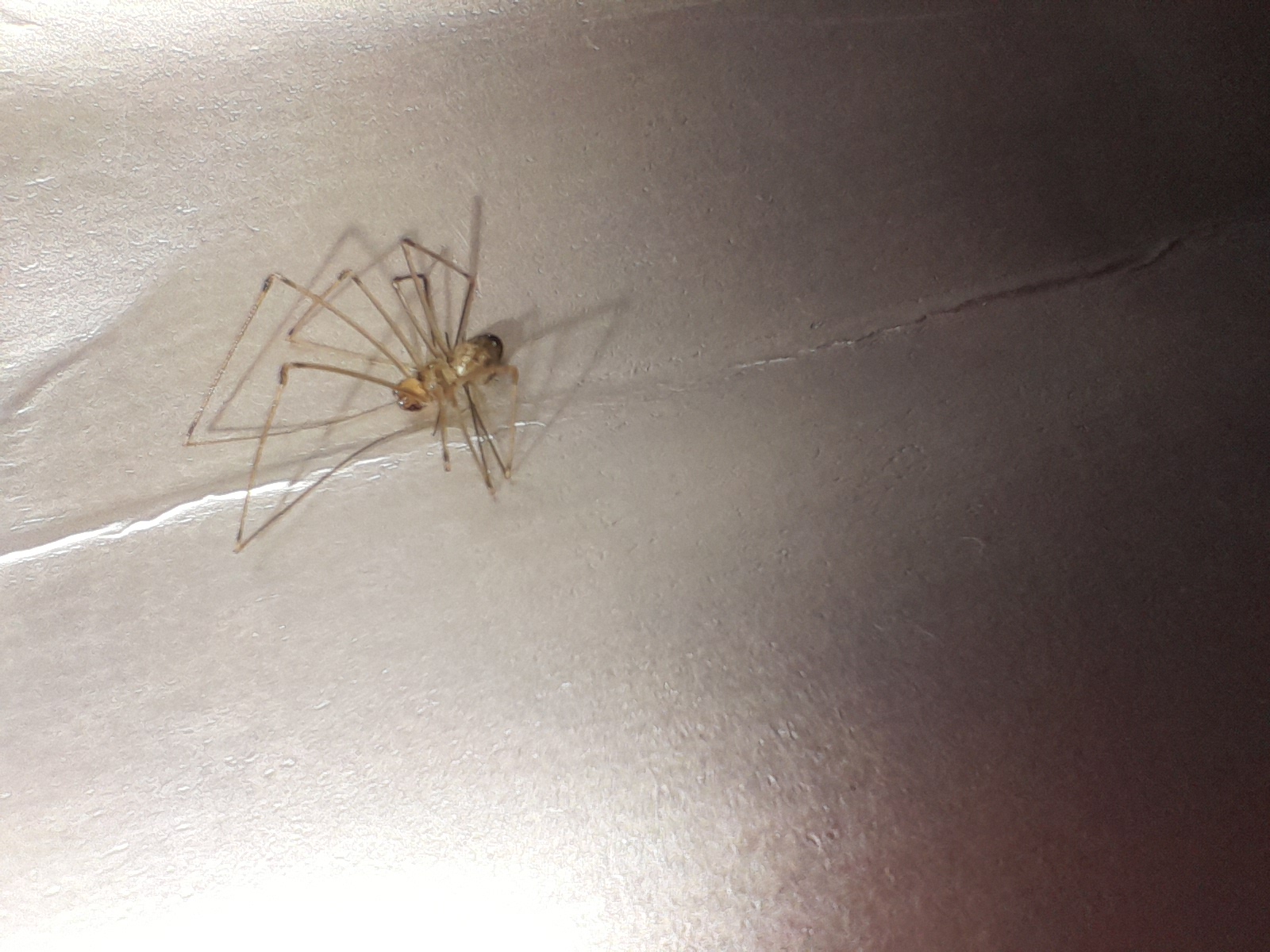While browsing photos of Physocyclus globosus (short-bodied cellar spider) on iNaturalist, I noticed that some have pedipalps while others does not, they are not Physocyclus globosus or not all Physocyclus globosus have pedipalps?
(If you didn't know, here's a picture of a (presumed) Physocyclus globosus, see pedipalps?)

(photographed by me, CC0 waiver)
